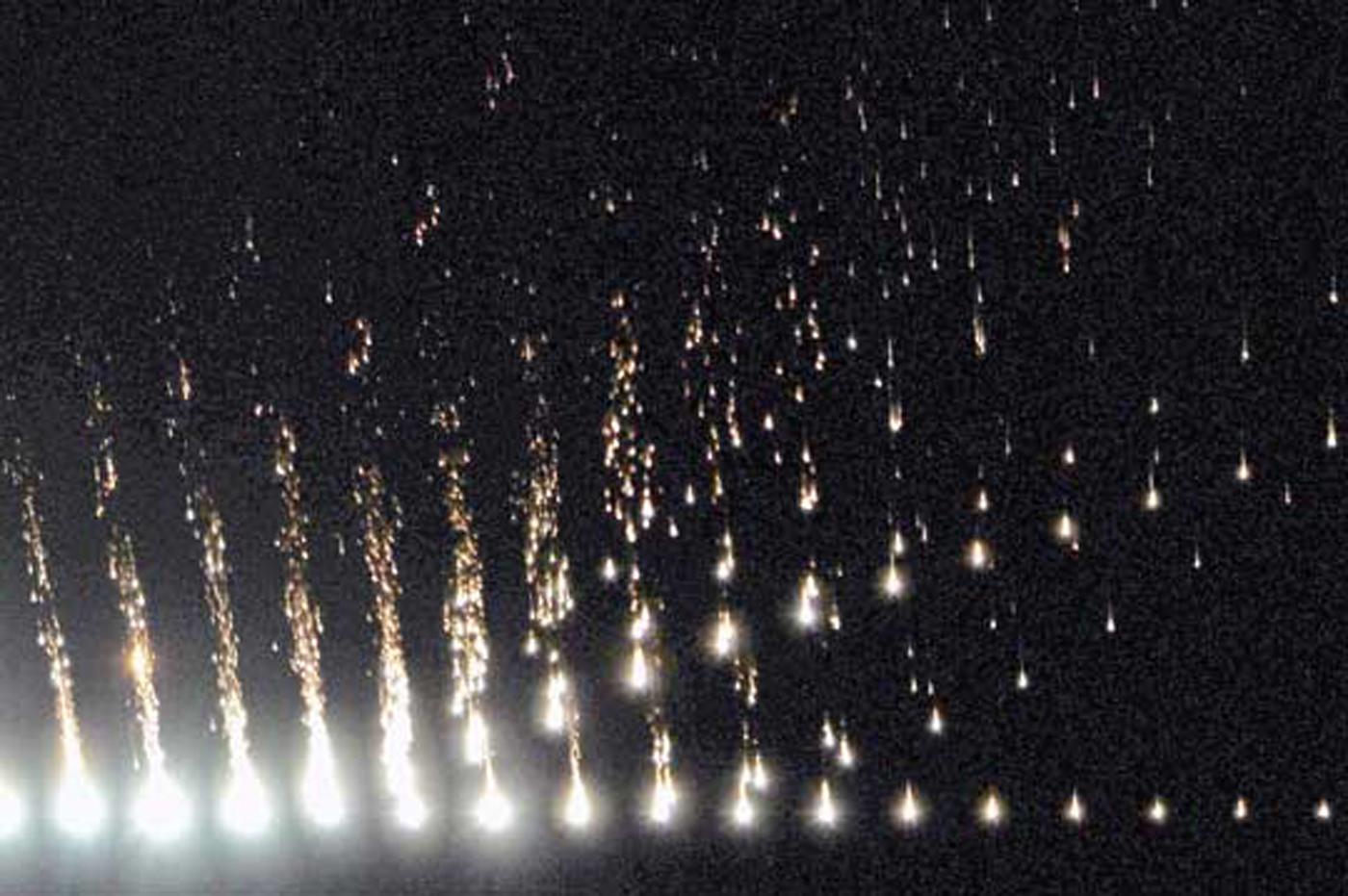Meteorite and Moon may be the same age.

On October 17, 2012, a meteor streaked through the skies above the San Francisco Bay Area. SETI Institute astronomer Peter Jenniskens, analyzing imagery captured by the NASA CAMS (Cameras for Allsky Meteor Surveillance) network, calculated that the object would have landed near Novato, California. This information led to the retrieval of a meteorite that had bounced off a study and a garage rooftop of local resident Lisa Webber. Now, Jenniskens and his team have published their analysis of this ancient rock.
It turns out that the black color of the so-called Novato meteorite dates from it being blasted by debris more than 4 billion years ago, at the same time as the cataclysmic birth of the Moon. Debris from the Moon-forming impact may have hit the Novato parent asteroid. The video-derived trajectory confirms that the Gefion asteroid family may be all that is left from this parent asteroid, which broke 470 million years ago in a collision with another asteroid. About 9 million years ago, another collision liberated the 35-cm sized Novato meteor.
The final breakup in Earth's atmosphere was exceptionally well documented in digital still images. The rapid uncontaminated recovery made it possible to detect unusually low levels of organic compounds in the Novato meteorite, so report the team in the August issue of the journal, Meteoritics and Planetary Science. This work helps identify the location in the asteroid belt where our meteorites originate, and sheds light on the formation and evolution of asteroids.





